Saturnia (Eudia) pavoniella
(Zeller, 1847)
-
 Subfamily: Saturniinae, Saturniini
Subfamily: Saturniinae, Saturniini -
 Wingspan: 45-95 mm
Wingspan: 45-95 mm -
 Flight period: Mar - May
Flight period: Mar - May -
 Spread: Common
Spread: Common -
 Host plants: Polyphagous
Host plants: Polyphagous
Information
The Saturnia pavoniella also called Ligurian Emperor is a moth of the Saturniidae family with a wingspan of 45 - 95 mm.
It is found in Switzerland, Austria, Germany, the Czech Republic, Slovakia, the Balkan Peninsula and Ukraine *.
It seems that as global temperatures rise it is partially shifting its range even further north to France and Germany. *
In Italy it is present in the islands, there is a single mention for Sardinia dating back to the 1950s that is no longer confirmed. ***
The distribution area is still uncertain (Robineau, 2007) and seems to extend south of the Alps with circum-Mediterranean and Atlantic distribution,
while in the north north of the Alps the Saturnia pavoniella would be present only in Slovenia and Austria.
According to Parenzan & Porcelli (2006), Pavoniella is present in all Italian regions, including the major islands. ****
The adults of Saturnia pavoniella show a marked sexual dimorphism.
The males are smaller than the females (45 - 70 mm), have light brown faded front wings with intense dark red dusting,
divided into three bands by light wavy lines edged with dark, approximately in correspondence with the basal region and the post discal region.
In the median area a white spot is visible containing a black orbicular spot with an ocher-colored ring inside, bordered on the outside,
only in the direction of the basal region, of dark red and light blue.
The costa is brown in color near the apex, a white shaded spot and a black spot near the costa are visible, also
in the second intervenal space under the apex an intense dark red spot is clearly visible
The termen is brown internally tinged with white, orange tinges are visible in the basal region.
The hind wings are similar to the anterior ones but the basal and discal region are of an intense orange color, the termen is brown with red and white shades, the apex is orange
In the females the front wings are very similar to those of the male but with the total absence of orange shades and slightly more tenuous colors.
The hind wings are very similar to the front ones but with the difference that all the intermediate band is white except for the veins which are dark.
They have, unlike the males, a squat abdomen which contains the eggs.
The wings have no fringes.
The behavior in the two sexes is also different: the female, mainly nocturnal during the day, hides in the vegetation, while the males fly rapidly during the day.
to the frantic search for companions.
This moth is the younger sister of Saturnia pyri which with its 160 mm wingspan is the largest moth in Europe.
Moth with a single generation and is in flight from March to May depending on the latitude. It overwinters at the pupa stage.
The adults do not feed, as they have a totally non-functional mouth apparatus.
The eggs of Saturnia pavoniella are ovoid flattened at the tips, whitish in color with faded brown spots, are laid in groups on the branches of the nourishing plants.
The caterpillars, at the first stage, are black with white tubercles, in the intermediate stages they are black with various orange spots, at the last
stadium are green in color with yellow / orange tubercles from which sparse black hairs emerge, and can exceed 95 mm in length.
The cocoon for pupation is generally woven between the branches and leaves of the plant they eat, has the shape of a pear and is brown in color.
In literature many shrub species are listed as host plants of the Pavoniella and we find: Rubus fruticosus and idaeus, Prunus spinosa, Crataegus sp., Salix capraea,
Carpinus sp., Rosa sp., Rhamnus frangula, Betula and Quercus in shrub forms. *****
The same text also mentions other essences that perhaps interest you most
Alpine and Central European populations: Calluna sp., Erica cinerea and tetralix, Spiraea ulmaria, Vaccinum sp., Lytrum salicaria. *****
* Lepidoptera mundi https://lepidoptera.eu/ - Fauna Europea https://fauna-eu.org/
** Bestimmungshilfe für die in Europa nachgewiesenen Schmetterlingsarten - http://lepiforum.de/ -
*** (Parenzan & Porcelli 2006)
**** Ilvio Bendazzi, "Una strategia di sopravvivenza della Saturnia pavoniella"
Quaderno di Studi e Notizie di Storia Naturale della Romagna Quad. Studi Nat. Romagna, 34: 119-123 (dicembre 2011) ISSN 1123-6787
***** Ancillotto & Grollo (1970)
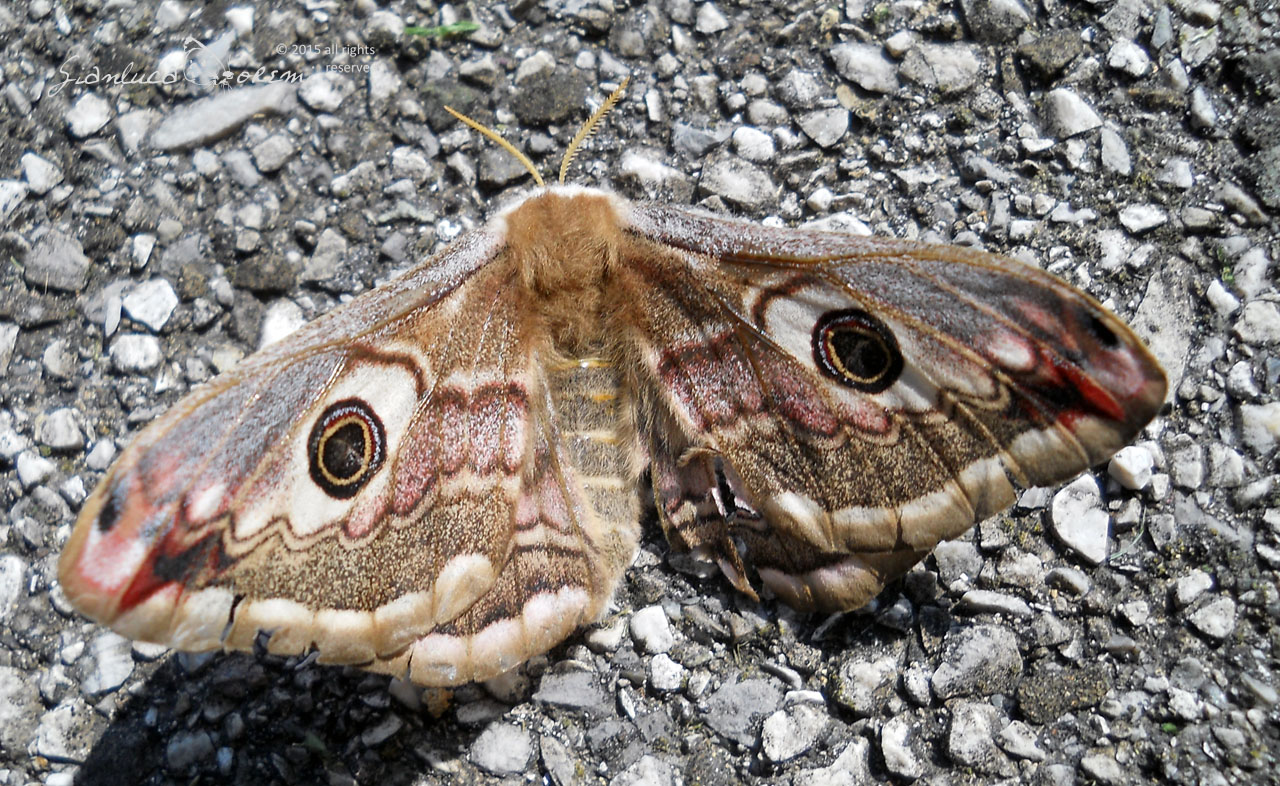
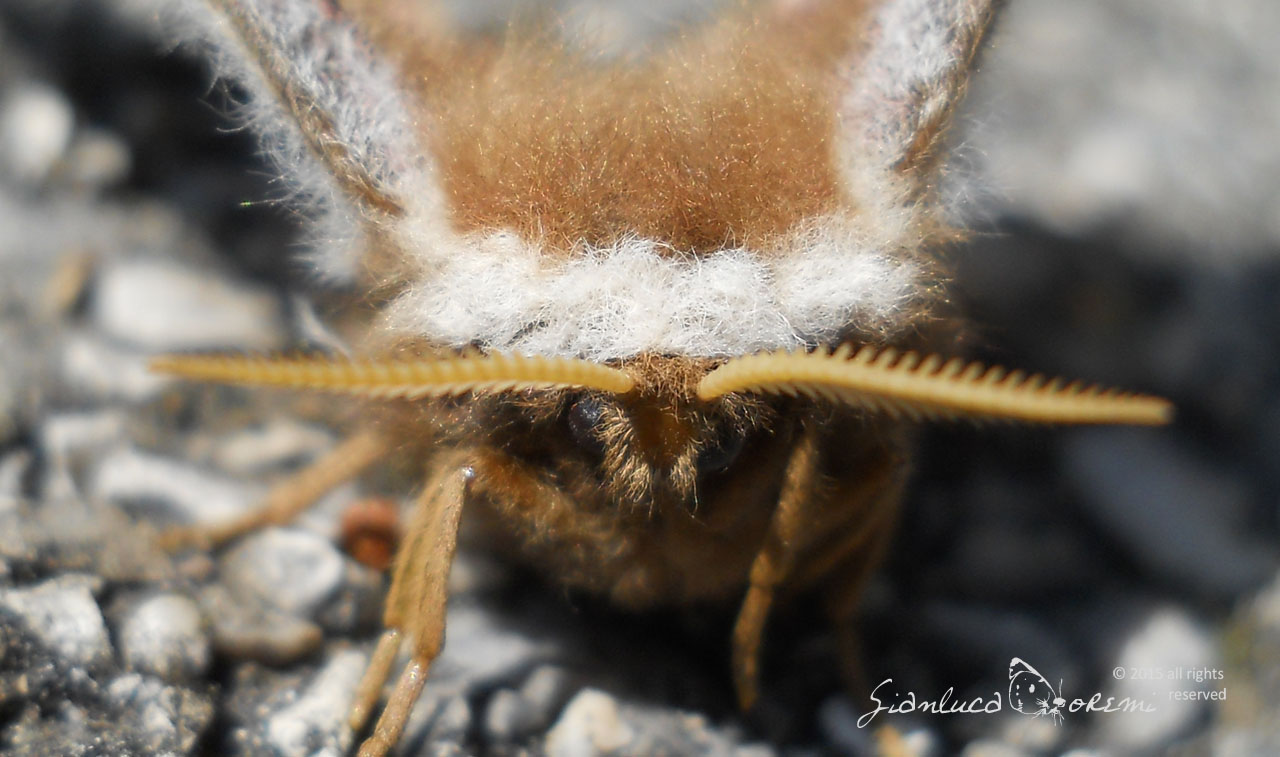
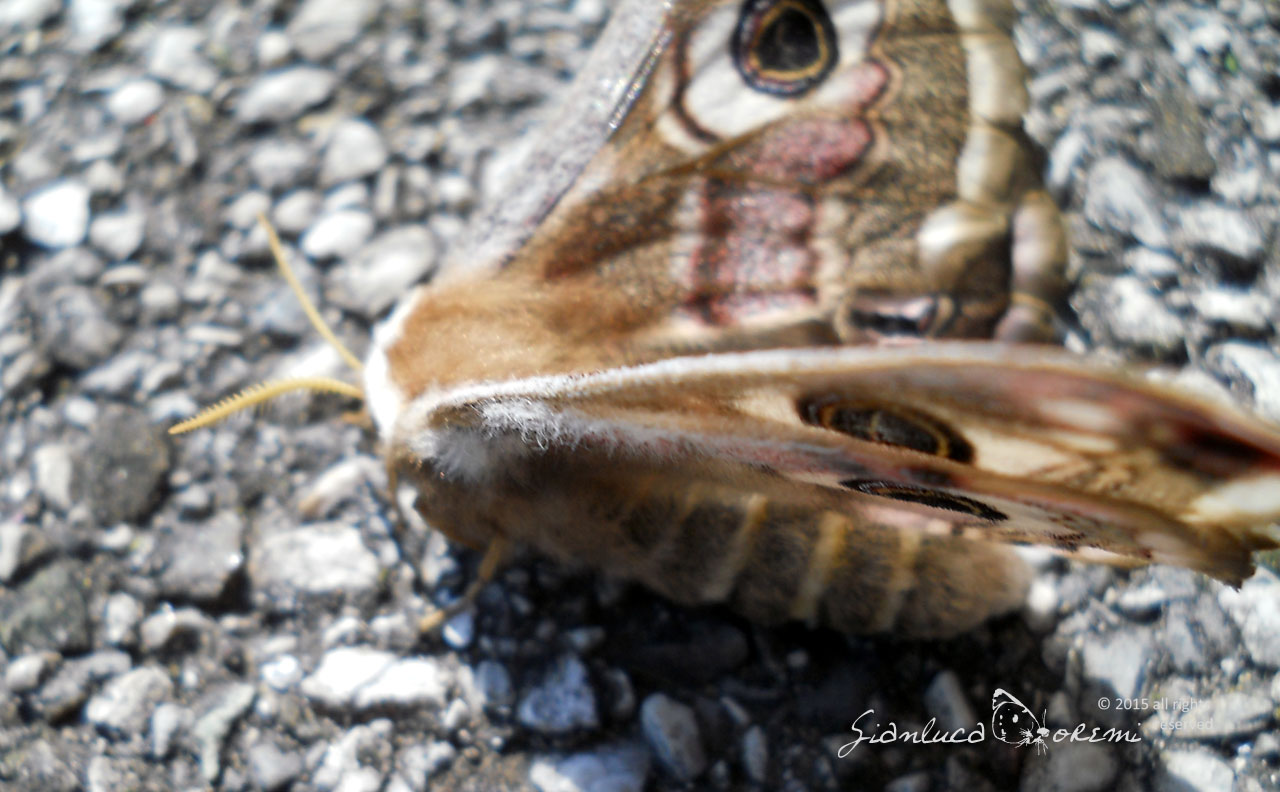
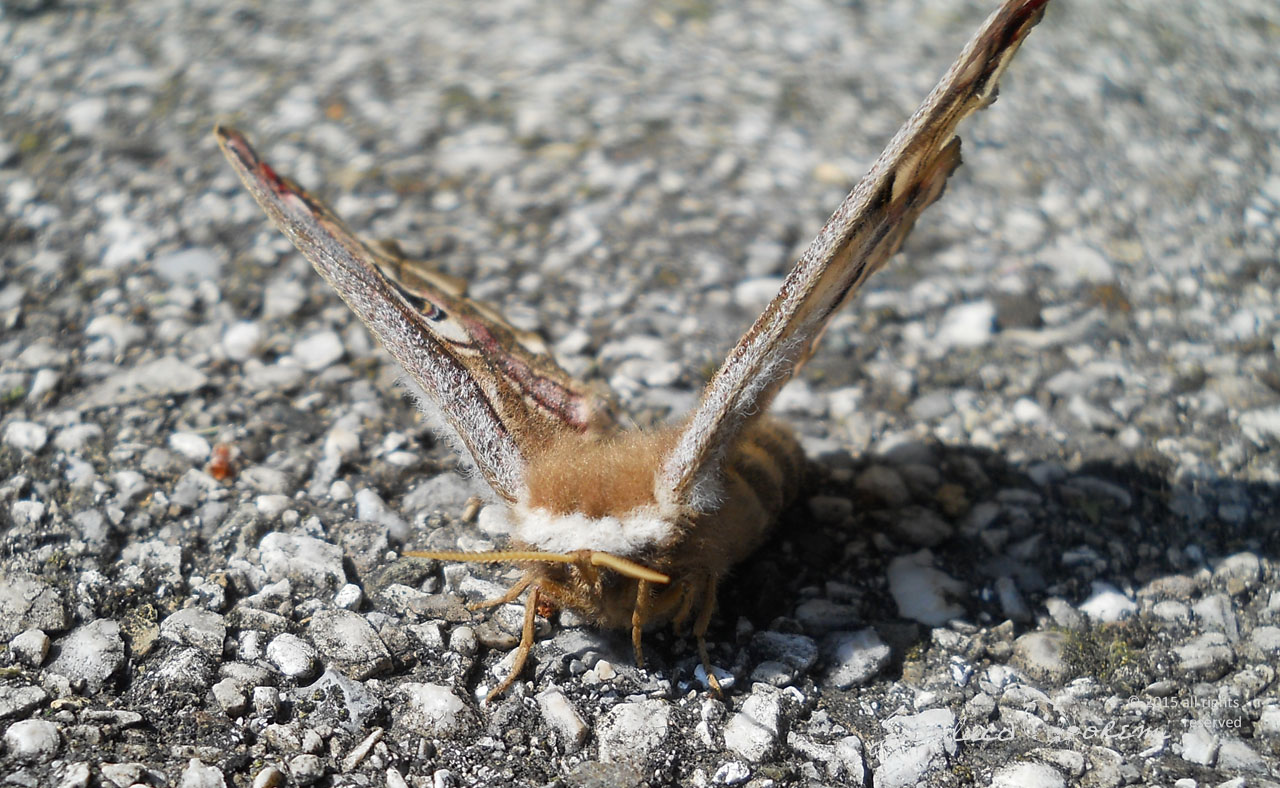
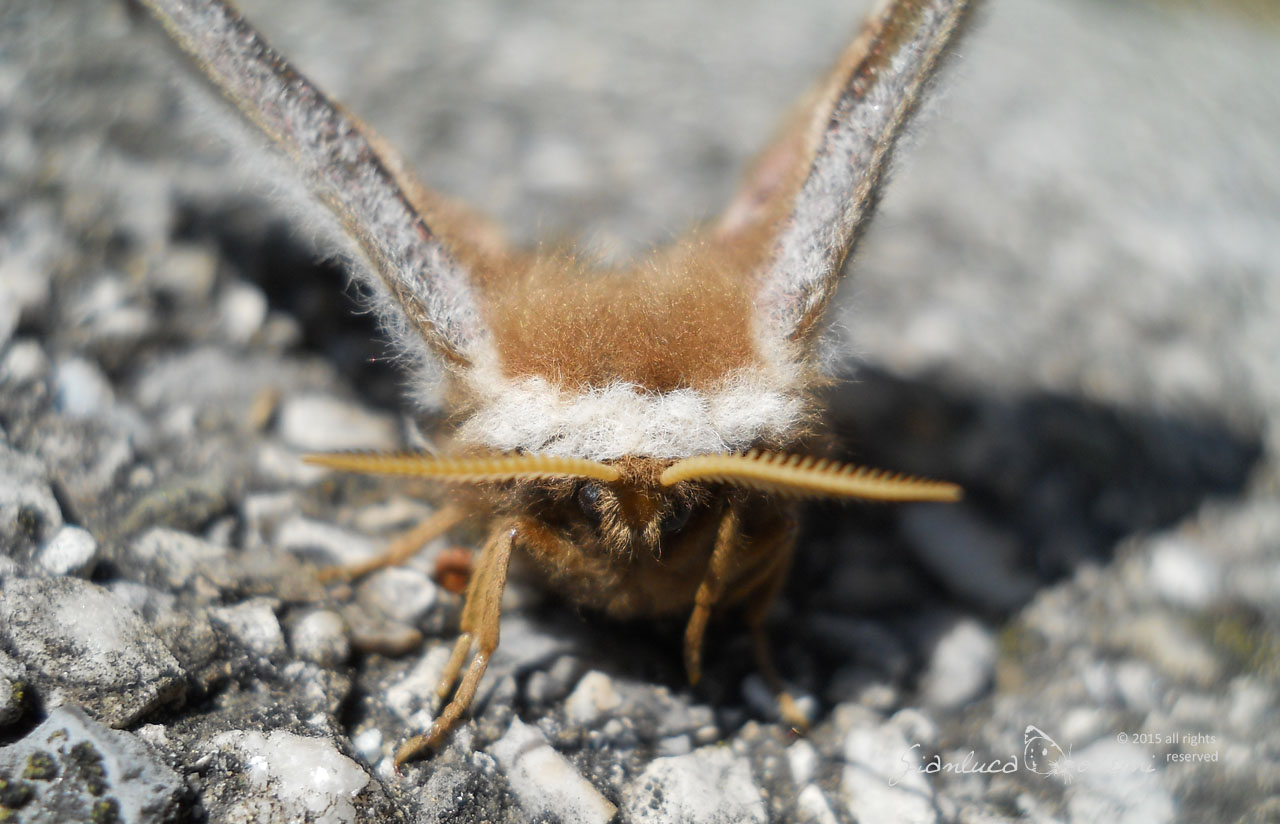
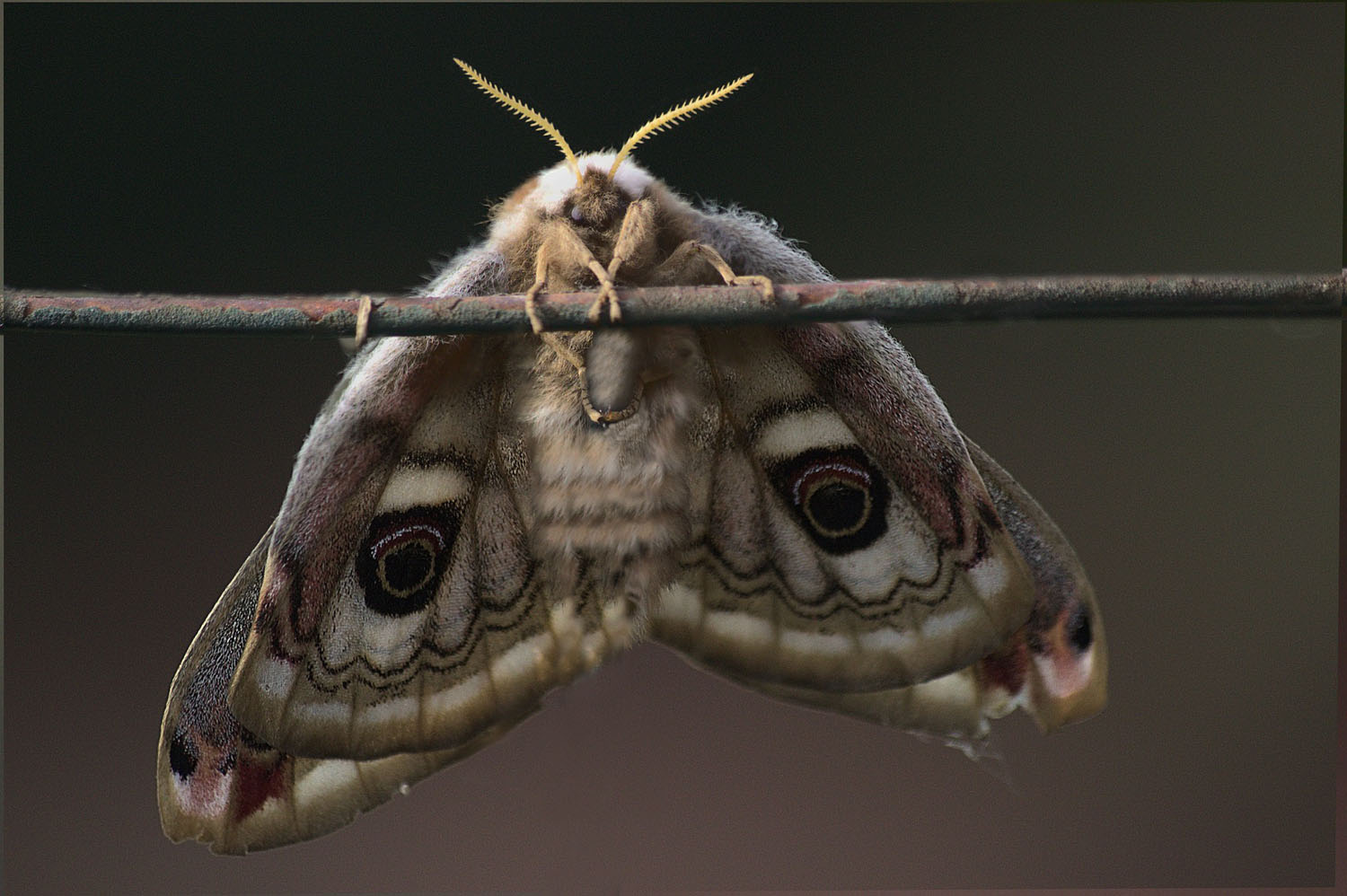
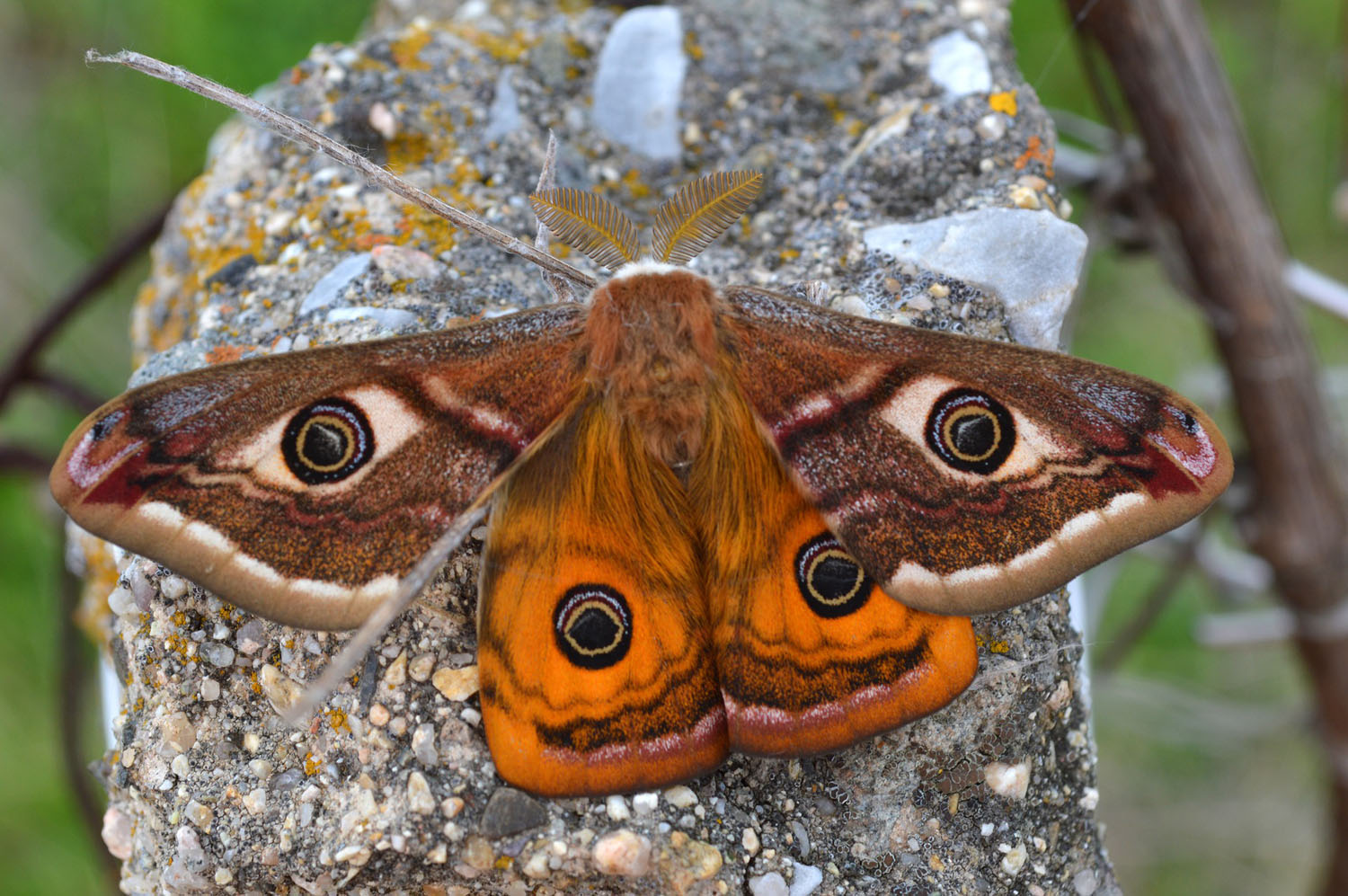

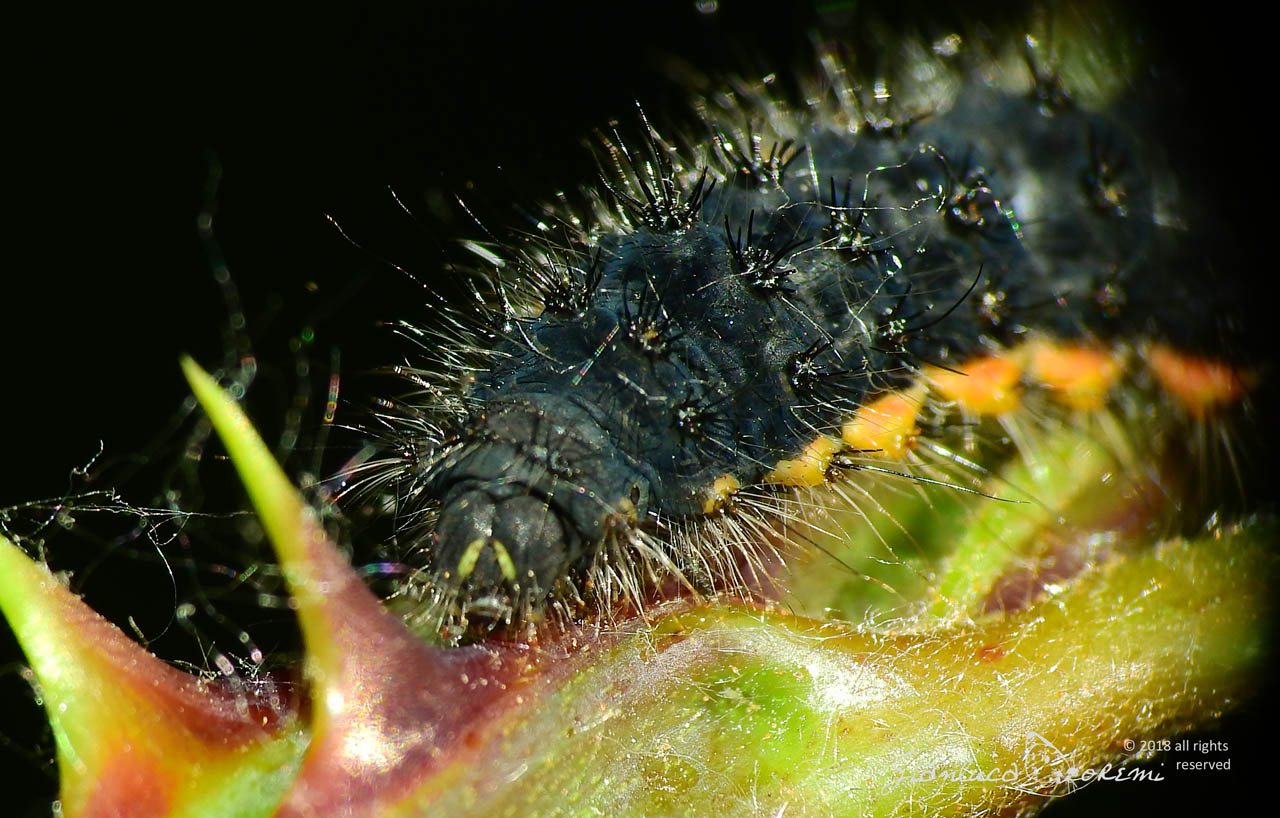
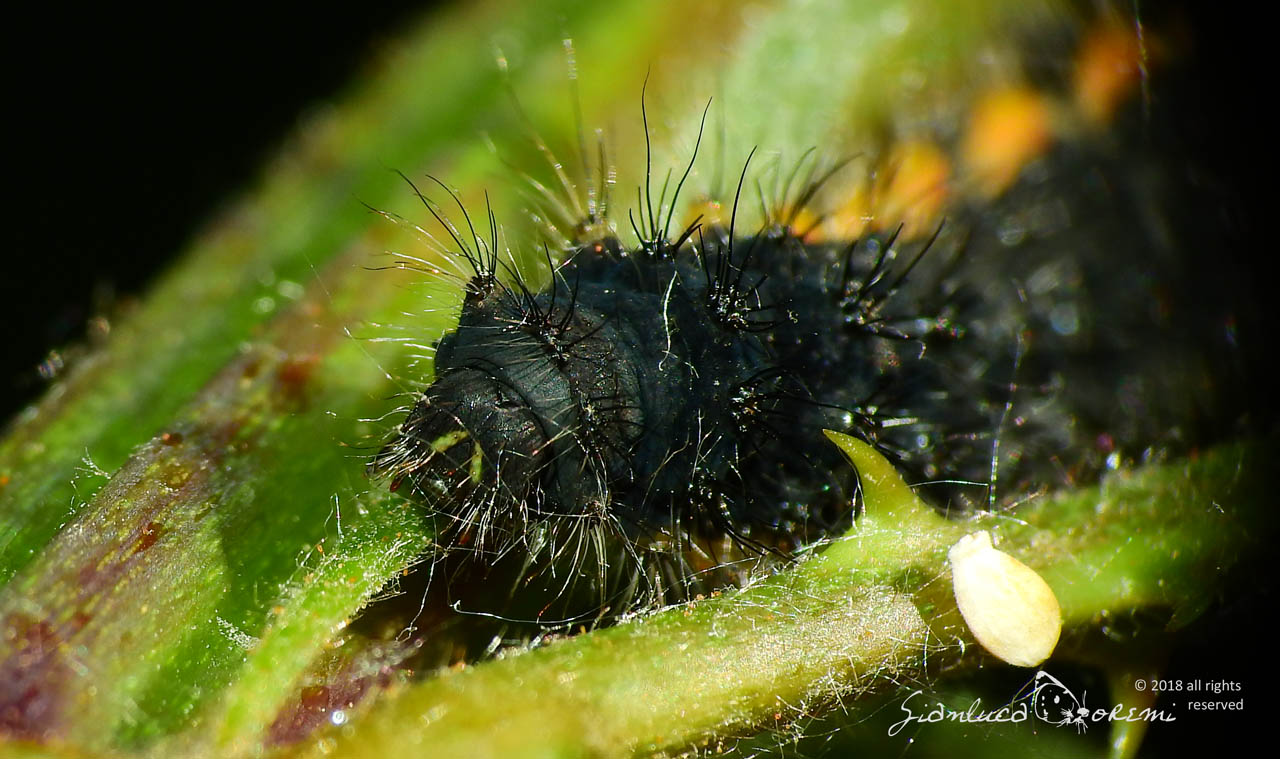
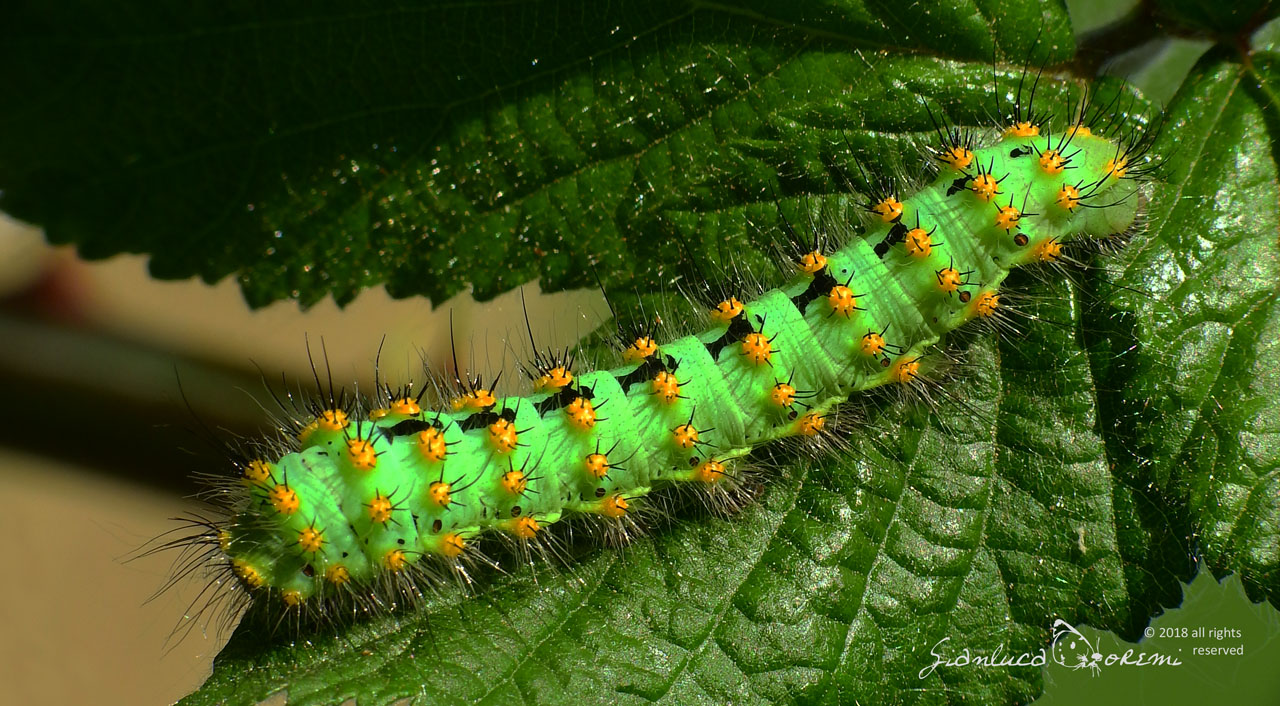

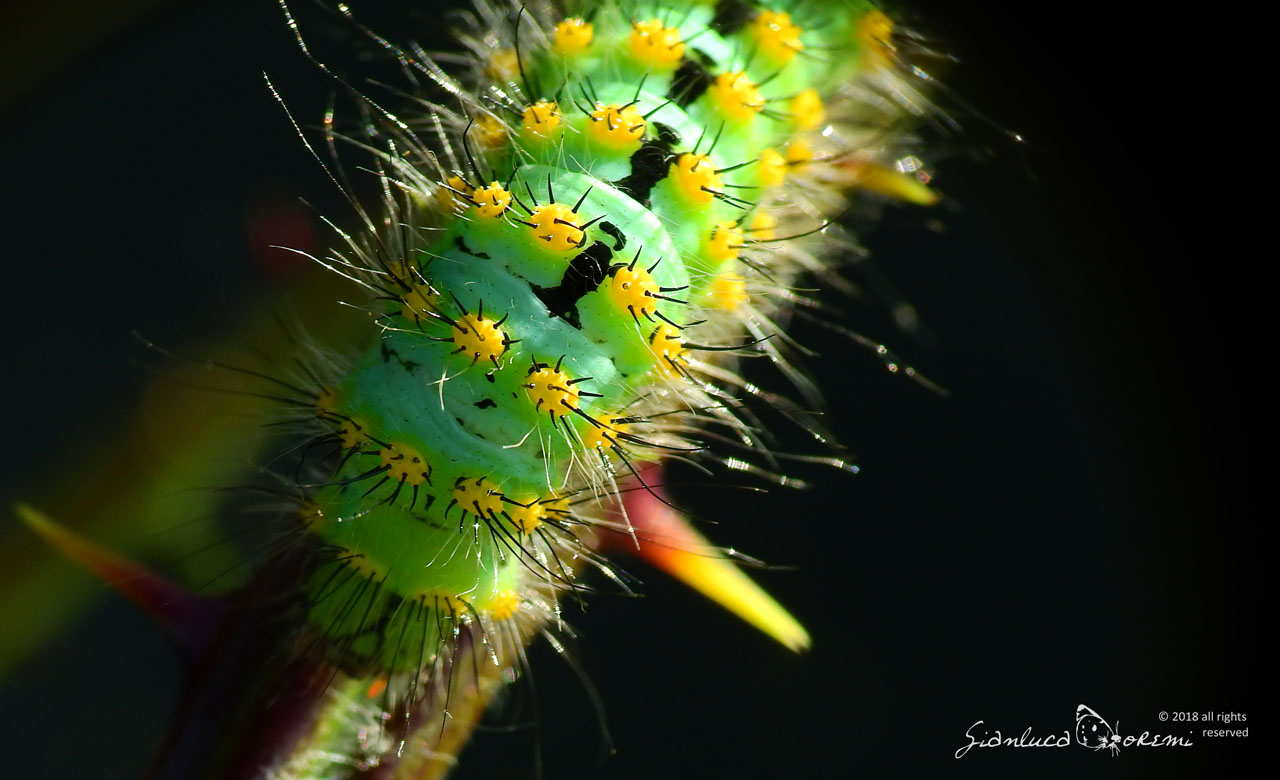
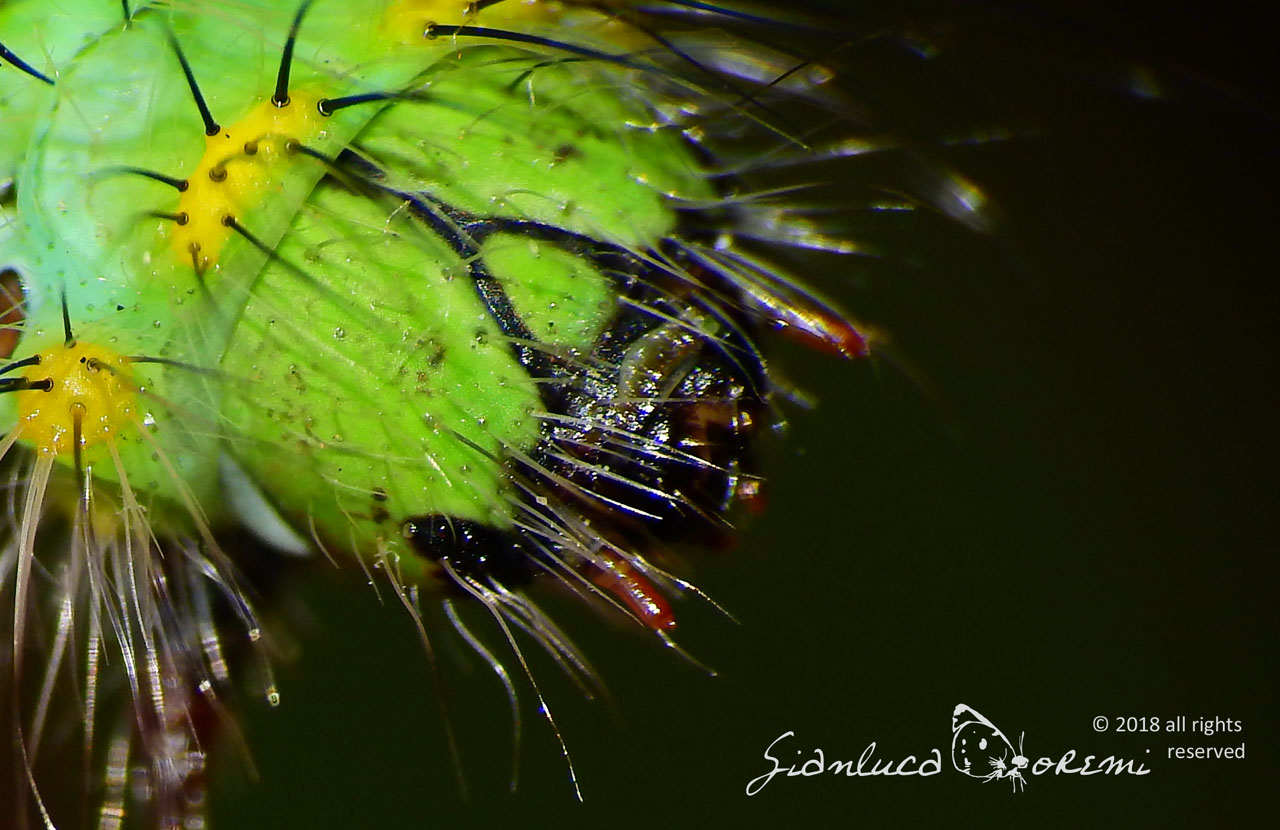
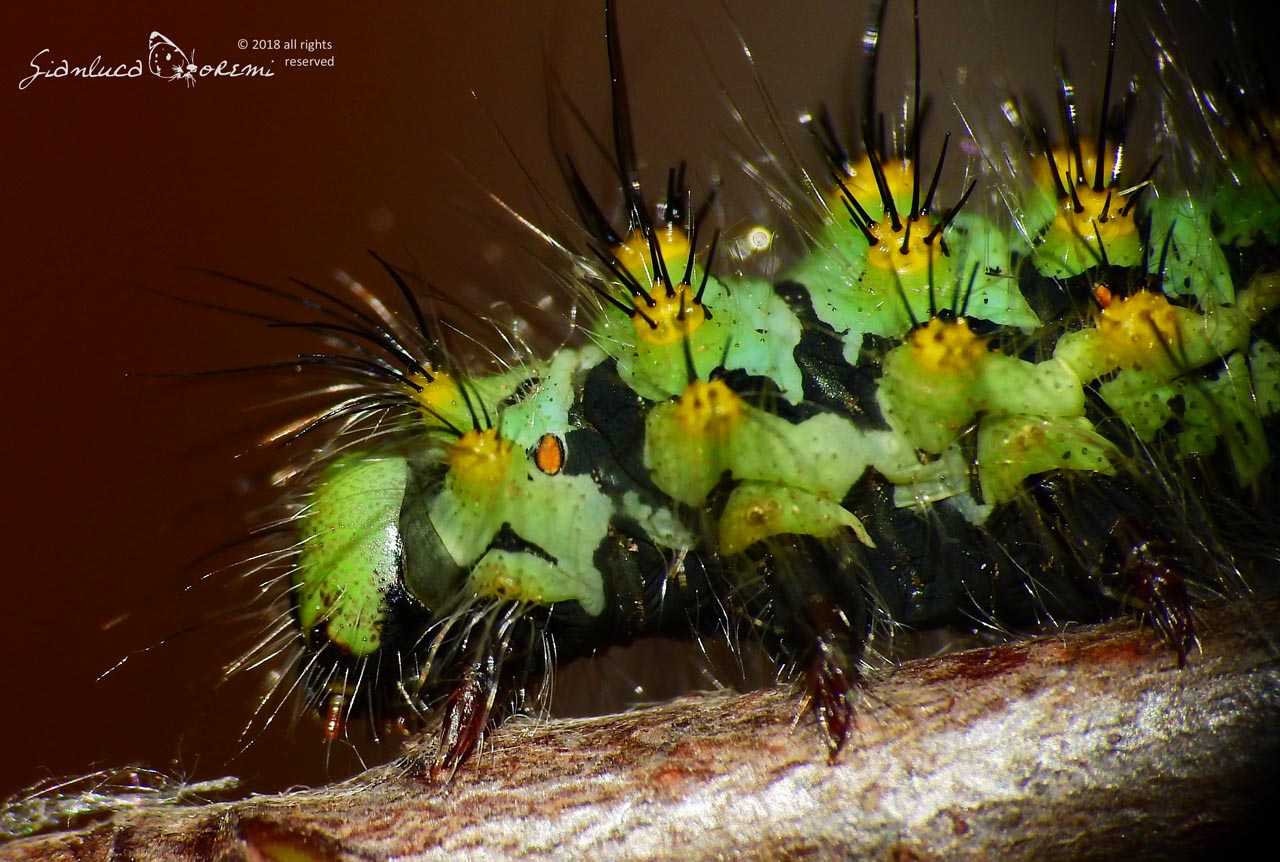
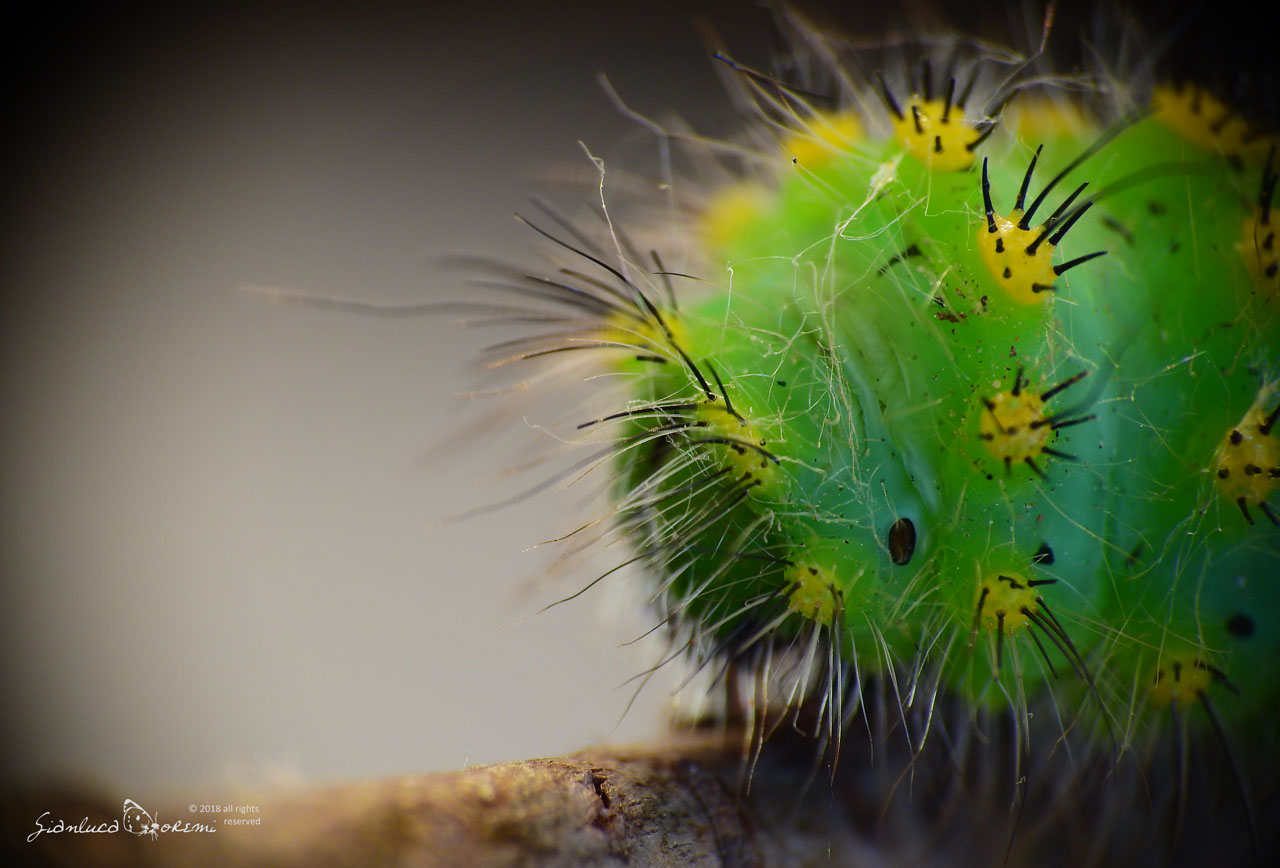
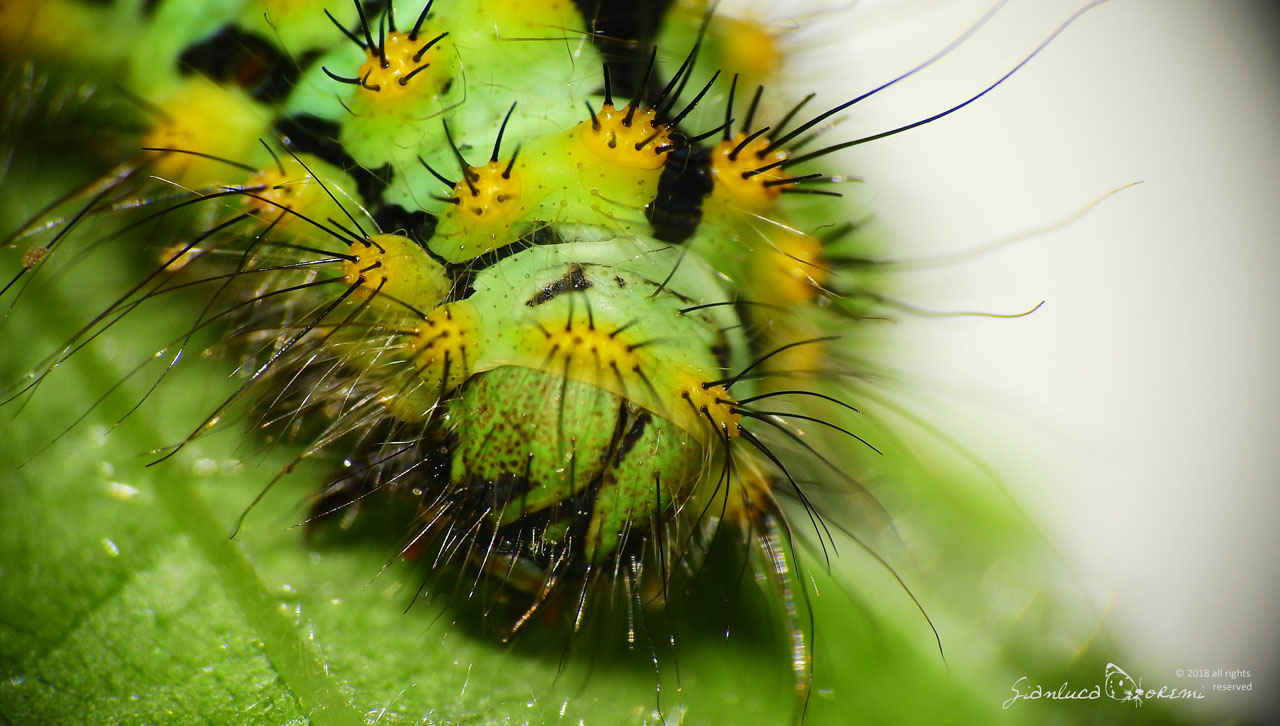

 EN
EN ITA
ITA
Social and publications